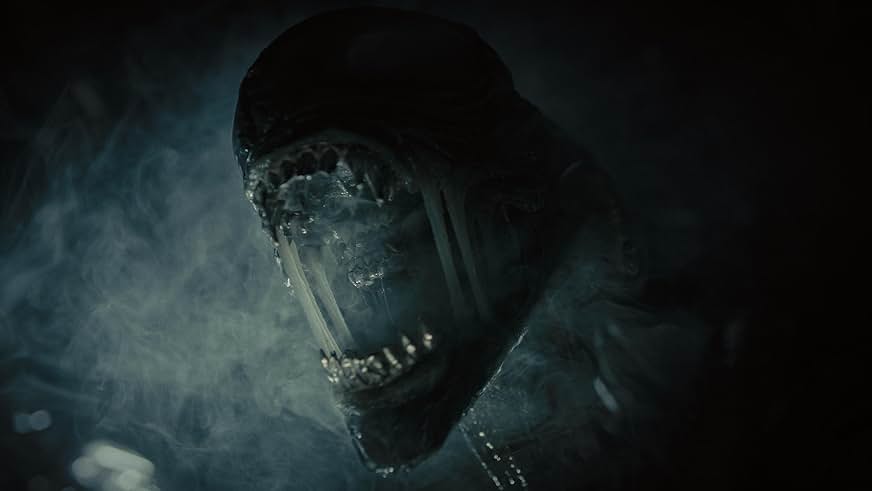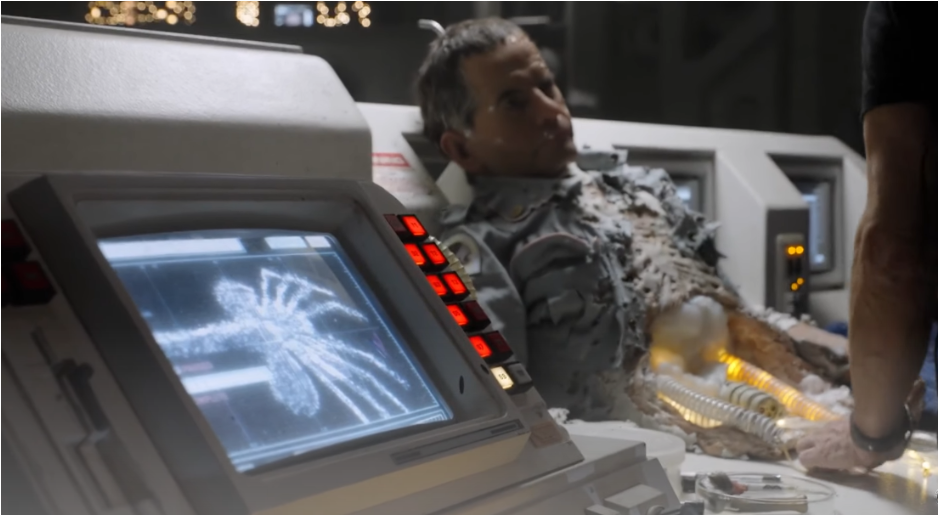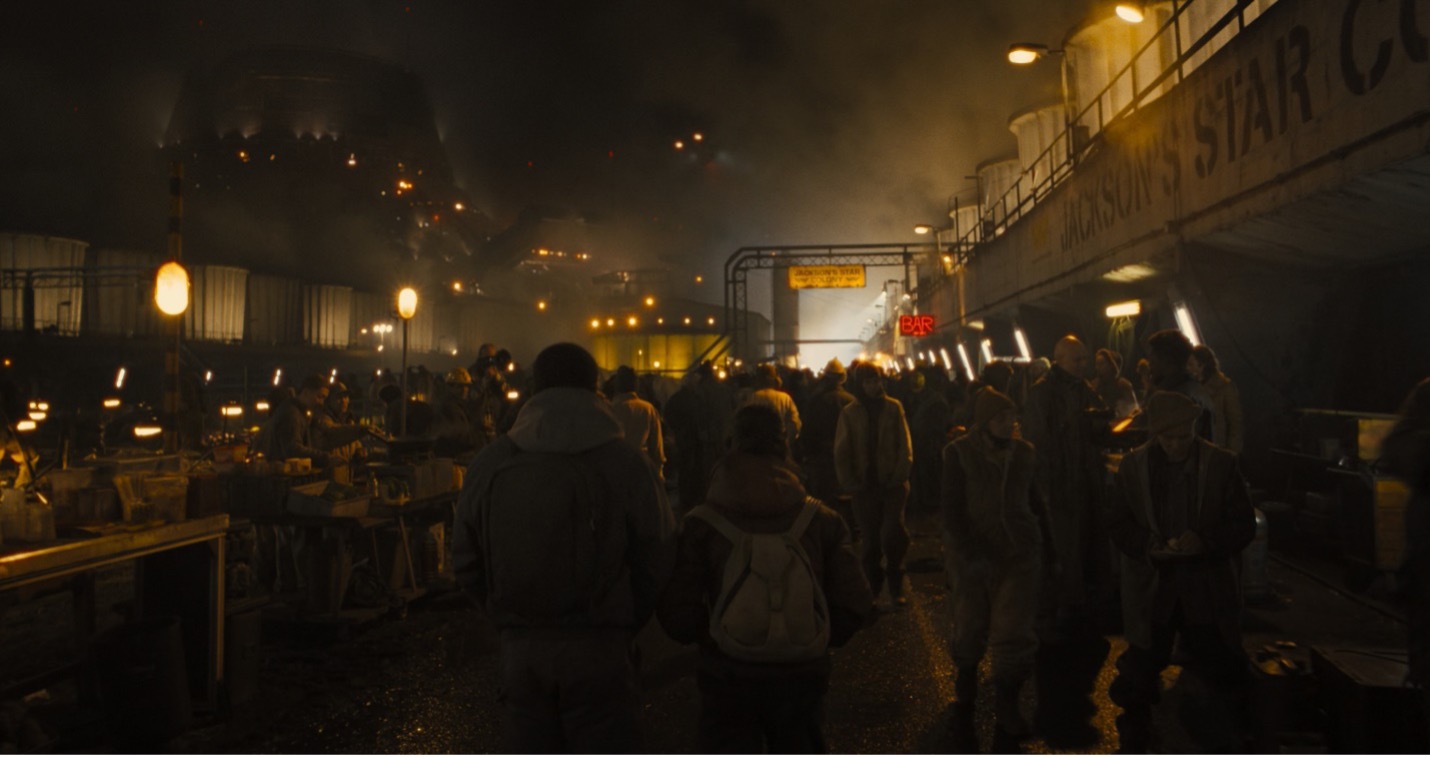The movie franchise Alien has entertained audiences for decades, scaring the bejesus out of us. Over the years, film technology has become more refined. In the latest Alien installment, Romulus, the visual effects are amazing, as is the sound work—be sure your home entertainment system can maximize both for optimal viewing and listening pleasure. The film features cutting-edge AI for the character Rook, but it also delivers in terms of acting and story—and fright level we expect from an Alien film.

We saw this faithful latest episode in the Alien franchise on the big screen with the big sound last week, and if you have ever seen or even read about any Alien movie, this one will not disappoint you; it will delight you—if you like sci-fi horror. And don’t get too hung up on the horror part. Yes, there are three fight scenes, and yes, it has terrible, unstoppable monsters, but the acting is solid, the story—well, we all know the story—is well written. And the environment is just juicy and scary—dark in places, bright in others.
The sound is a masterpiece, and we got to hear an interview with the two sound directors—OMG, the work they did to get it right—right to their trained and fanboys ears. It doesn’t have any stupid “Hey, let’s go down into this dark cellar and see what we can find” scenes or dialog.

One of the highlights (for me) was an AI-reconstructed Ian Holm, who played Ash, the half-destroyed synthetic science officer in the 1979 original. Well, he’s back, and better than ever, with a much longer and bigger part—as Rook, a new android. And don’t get your shorts all twisted up with the BS about that by some in the press. It was done with dignity and the full cooperation and support of his family. The making of Rook can be found here.
There are lots of tributes to the original first two Alien films—I was tempted to list them, but that will be your discovery. And as big a fan as I am, I fear I missed one or two. I guess I’ll have to see it, possibly again; I’ve seen the original five times—no joke or exaggeration.
There are some similarities in it to Blade Runner, and the interviewees acknowledge that Ridley Scott felt both movies were of the same time (I’ve also seen Blade Runner five or more times). One person in the audience detected a bit of a Blade Runner riff in Alien: Romulus, and the sound guys confessed that wasn’t accidental and congratulated her on spotting it (damn, I missed it).
Ninety percent of the film is in the interior of clunky mining transport ships and an abandoned space station that is on its way to a terminating collision with the rings around the planet (not Saturn—it is 60 light-years away).
My wife, Kathleen, was delighted that the cast were all youngins—no one over 30. There was no craggy, cynical old crew onboard like in the original. But there were plenty of soulless old miners in the opening scenes. And that’s the setup for the story—those youngins want out and away from that planet being mined where the sun literally never shines. Those kids have never seen the sun or an ocean.

The romp through the space station is a visual delight. The attention to detail is so great that you are totally unaware of any abnormalities or continuity mistakes.
And the sound is amazing. They tuned everything down to even the sounds a button makes when clicked. The opening of doors and the whirl of machinery make it picture- and tone-perfect, and (thankfully) there is no cheesy Foley effects.
But there’s more to it than that. Alien: Romulus is set between the original film and the next installment, the 1986 Aliens. And, tremendous efforts were made to set this recent release in that time period. This meant turning back the clock a few decades for a more authentic result. This was done locating and using sound equipment from the time—talk about finding some old treasurers. Perhaps a bigger challenge was using state-of-the-art (by today’s standards, not yesterday’s) to generate new sounds with that older quality, as the entire soundtrack was manipulated to give it a late ’70s/early ’80s vibe—everything from dialog, to music, to sound effects.
The masters behind this maneuver are Lee Gilmore, supervising sound editor and sound designer, and Will Files, supervising sound editor and re-recording mixer from Pacific Standard Sound. Not only are they good at their jobs, but they are also self-professed huge fans of the Alien franchise. They seem to know the franchise inside and out.
It’s one hour and 59 minutes of nonstop adventure—no gratuitous sex scenes or plunging peekaboo blouses, no prolonged fights, and only one shooting scene that fits perfectly.
The film was primarily made in Hungary, and Weta and ILM did some of the visual effects, but it was subsidized by Hungary and Austria—movies like this can’t be made in Hollywood anymore, it seems. And the Hungarian crew was huge—the credits rolled on for a dozen pages or more. There must have been over 200 of them, contrasted to six or eight for ILM (see the list here).
If you missed the film when it hit theaters this past summer, it’s streaming on Hulu now. But you better have a good sound system and big 4K screen. IMDb gave it 7.1, Rotten Tomatoes 79%, Popcornmaster 85%, and Jon 93.27%.
LIKE WHAT YOU’RE READING? INTRODUCE US TO YOUR FRIENDS AND COLLEAGUES.